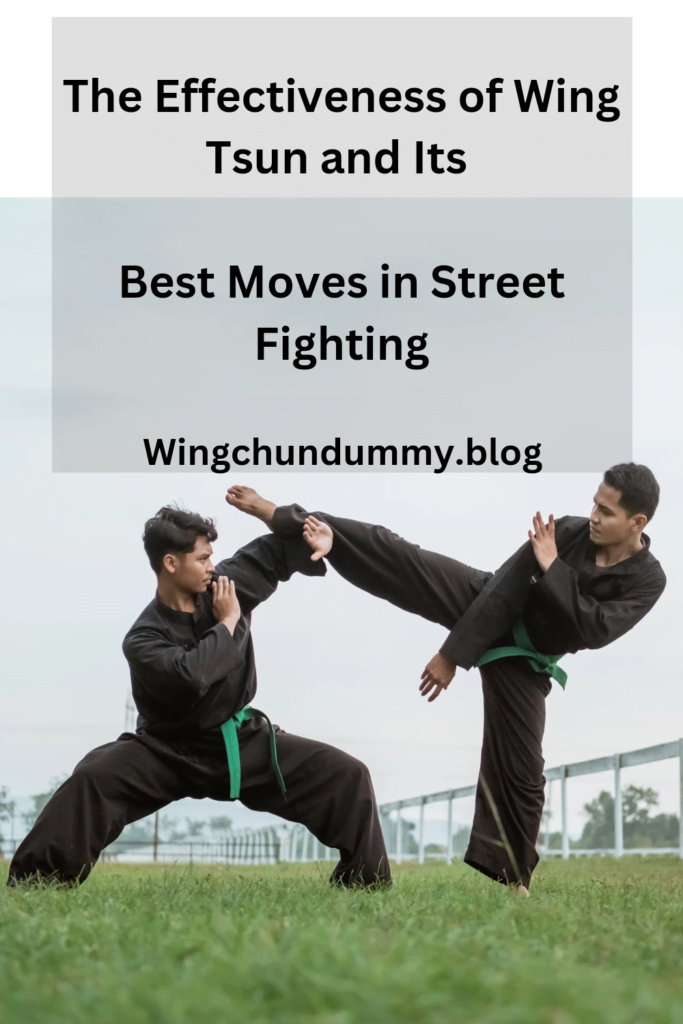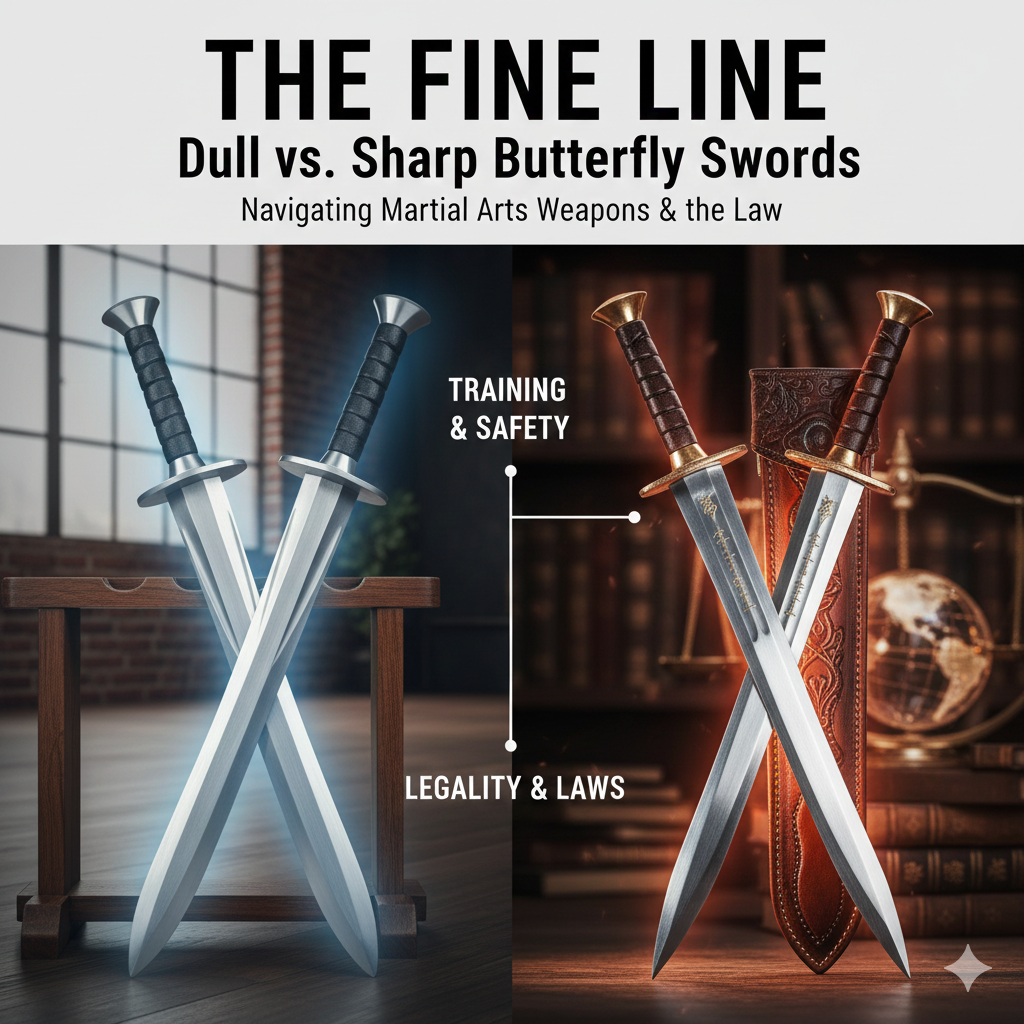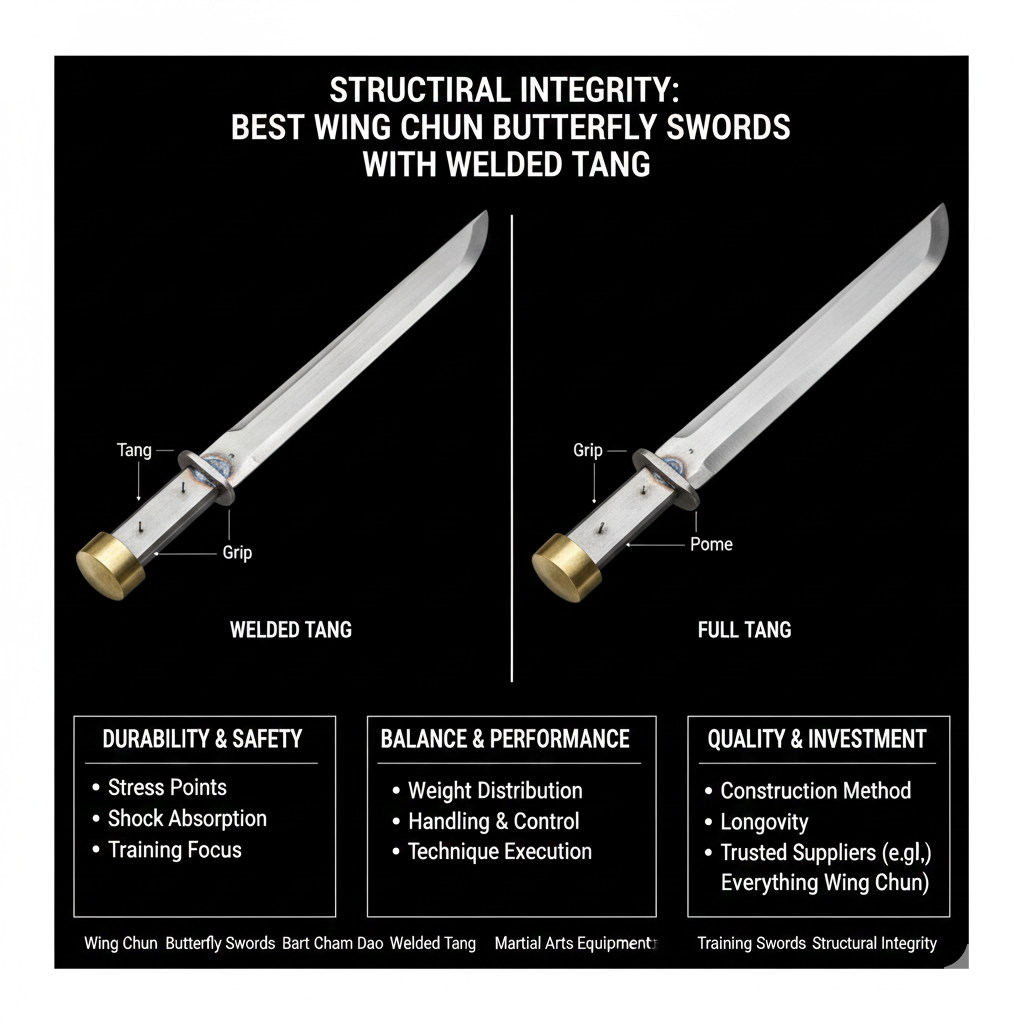Wing Tsun, often referring to as Wing Chun, is a traditional Southern Chinese martial art with a rich history.
Originating in the 17th century, it is believ to have been develop by a Buddhist nun nam Ng Mui, who impart her knowledge to a young woman name Yim Wing Chun as a means of self-defense.
The martial art takes its name from this early practitioner, embodying principles that have been refined and passed down through generations.
Wing Tsun gained significant recognition in the 20th century through the teachings of Ip Man.
A legendary grandmaster who popularized the art both in China and internationally.
Ip Man’s most famous student, Bruce Lee, further propelled Wing Tsun into the global spotlight.
Lee’s adaptation and integration of Wing Tsun techniques into his own martial philosophy, Jeet Kune Do, showcased the effectiveness of this combat style in various fighting scenarios.
At its core, Wing Tsun focuses on several key principles and philosophies that make it uniquely effective.
The economy of movement emphasizes efficiency, ensuring that each action serves a purpose with minimal wasted energy.
The centerline theory prioritizes the protection and control of the central axis of the body, positioning practitioners to better defend and counterattack.
Additionally, the principle of simultaneous attack and defense allows practitioners to neutralize threats while delivering counterstrikes in a single, fluid motion.
Wing Tsun’s practical approach to self-defense has contributed to its growing popularity worldwide.
Its techniques are designed to be adaptable to real-world situations, making it an appealing choice for those seeking effective martial arts training.
As a result, Wing Tsun schools and practitioners can be found across the globe, continuing to evolve and share this time-honored martial art with new generations of students.

Core Principles of Wing Tsun
Wing Tsun is a martial art distinguished by its unique principles, which make it particularly effective in real-life scenarios such as street fighting.
One of the core tenets of Wing Tsun is the centerline theory, which emphasizes protecting and attacking along an imaginary line running down the middle of the body.
This approach not only minimizes the practitioner’s exposure to attacks but also maximizes the efficiency of strikes by targeting an opponent’s vital areas.
In practice, this means that Wing Tsun fighters are trained to keep their hands and strikes aligned with their centerline.
Ensuring both offensive and defensive actions are direct and powerful.
Another fundamental principle is deflection.
Unlike many martial arts that rely on blocks to stop an opponent’s attack, Wing Tsun focuses on redirecting the force of the attack.
This is achieved through subtle movements that require less energy and provide opportunities for counter-attacks.
For instance, rather than meeting a punch head-on, a Wing Tsun practitioner will use a slight angle to deflect the punch while simultaneously positioning themselves to strike back.
This principle of deflection is crucial in street fighting, where conserving energy and minimizing damage can be the difference between victory and defeat.

Sensitivity, or Chi Sau, is also a cornerstone of Wing Tsun training.
Chi Sau drills develop a fighter’s ability to sense and respond to their opponent’s movements through touch.
This heightened sensitivity allows practitioners to react quickly and adapt to changing situations, making them highly effective in close-quarter combat.
In a street fight, where chaos and unpredictability are constants, the ability to feel and anticipate an opponent’s next move can provide a significant tactical advantage.
Finally, the principles of relaxation and structure are essential in Wing Tsun.
Practitioners are taught to stay relaxed to move fluidly and react swiftly.
Tension can slow down movements and make a fighter predictable.
Concurrently, maintaining proper structure through stances and body alignment ensures stability and power in both offense and defense.
The combination of relaxation and structure enables Wing Tsun fighters to remain composed and effective even under pressure, which is critical in the unpredictable environment of a street fight.
These core principles — centerline theory, deflection, sensitivity, and relaxation and structure — collectively enhance the effectiveness of Wing Tsun in street fighting.
They equip practitioners with a robust framework for both physical and mental preparedness, ensuring they can handle real-life confrontations with confidence and skill.
Wing Tsun Training Methods
Wing Tsun training methods are meticulously designed to develop a practitioner’s skills in both controlled environments and real-world scenarios.
The regimen typically begins with foundational drills that focus on fundamental principles, such as Chi Sau (sticky hands), wooden dummy training, and reflex development exercises.
These drills are crucial in honing the reflexes and hand sensitivity needed to respond effectively to an opponent’s movements.
Chi Sau, or sticky hands, is a pivotal exercise within Wing Tsun.
It involves two practitioners maintaining constant contact while attempting to exploit openings in each other’s defenses.
This drill enhances tactile reflexes, enabling fighters to react instinctively to changes in pressure and position.
The repetitive nature of Chi Sau sharpens the practitioner’s ability to sense and counteract attacks intuitively.
Wooden dummy training serves as another cornerstone of Wing Tsun practice.

The wooden dummy, a standing wooden apparatus with arms and legs, simulates an opponent and allows practitioners to practice precise strikes, blocks, and deflections.
This training tool helps to develop muscle memory, ensuring that techniques become second nature under stress.
The rigid structure of the dummy also conditions the practitioner’s limbs to withstand impact, a critical aspect in street fighting.
Reflex development exercises are integral to Wing Tsun’s effectiveness.
These drills often involve unpredictable stimuli, such as a partner’s sudden movements or random objects thrown by an instructor.
The goal is to cultivate rapid response times and adaptive strategies, essential for dealing with the unpredictability of street fights.
Partner drills and sparring sessions are indispensable in translating theoretical knowledge into practical skills.
These exercises simulate real combat scenarios, allowing practitioners to test and refine their techniques against resisting opponents.
Through controlled but realistic engagements, Wing Tsun fighters learn to manage the physical and psychological pressures of a confrontation.
The comprehensive nature of Wing Tsun training methods ensures that practitioners are well-prepar for the high-stress and unpredictable nature of street fighting.
By focusing on reflexes, muscle memory, and practical application, Wing Tsun equips its followers with the tools need to navigate and neutralize real-world threats effectively.
Effectiveness of Wing Tsun in Street Fighting
Wing Tsun, a traditional Chinese martial art, has garnered attention for its effectiveness in street fighting scenarios.
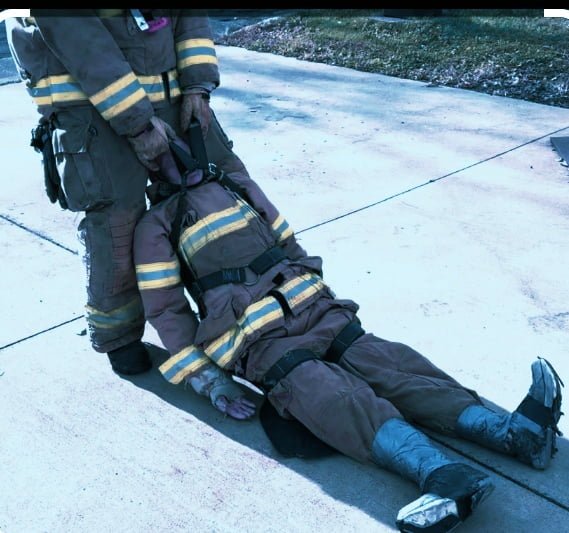
Rooted in principles of directness and efficiency, Wing Tsun is designed for real-world self-defense.
The art emphasizes close-quarters combat, rapid strikes, and adaptability, making it a practical choice for unpredictable street encounters.
One of the key strengths of Wing Tsun lies in its focus on close-quarters combat.
Practitioners are trained to engage opponents at close range, where swift and decisive actions are critical.
This proximity allows for the use of quick, powerful strikes aimed at vital points, effectively incapacitating attackers.
Real-world testimonials from Wing Tsun practitioners often highlight how these techniques have helped them neutralize threats swiftly and effectively.
For example, in various accounts, practitioners have described situations where Wing Tsun’s chain punches.
A rapid succession of strikes aimed at overwhelming the opponent, proved invaluable.
Additionally, the art’s emphasis on simultaneous defense and offense means that practitioners can protect themselves while counterattacking, a crucial skill in chaotic street fights.
Another aspect of Wing Tsun’s effectiveness is its adaptability.
The martial art teaches practitioners to be flexible and responsive to the dynamics of a confrontation.
Techniques are not rigid but are instead designed to flow seamlessly with the movements of the opponent.
This adaptability is particularly beneficial in street fighting, where the environment and circumstances can change rapidly.
However, like any martial art, Wing Tsun has its critics.
Some argue that the techniques may not be as effective against larger, stronger opponents or in situations involving multiple attackers.
Additionally, the lack of ground-fighting techniques in Wing Tsun may be seen as a limitation in comprehensive self-defense.
Nevertheless, when compared to other martial arts, Wing Tsun’s strengths in close-quarters combat and its strategic approach to self-defense make it a formidable option for street fighting.
In conclusion, Wing Tsun’s focus on close-quarters engagement, quick strikes, and adaptability contributes significantly to its effectiveness in street fighting.
While it may have certain limitations, the practical application of its techniques in real-world scenarios underscores its value as a reliable form of self-defense.
Best Wing Tsun Moves for Street Fighting
Wing Tsun, a traditional Chinese martial art, is renowned for its practical and efficient techniques, making it highly effective in street fighting scenarios.
Key techniques such as the chain punch (Lin Wan Kuen), elbow strikes, Pak Sau (slap block), and Bong Sau (wing arm block) are particularly useful in real-life self-defense situations.

The chain punch, or Lin Wan Kuen, is a rapid succession of straight punches directed at the opponent’s centerline.
This technique overwhelms the opponent, minimizing their ability to counterattack.
To perform the chain punch, maintain a relaxed yet firm stance, and deliver punches in quick succession.
Ensuring each punch is aimed at vital points such as the face or chest.
Regular practice on a punching bag or with a partner can enhance speed and accuracy.
Making the chain punch a formidable weapon in street fighting.
Elbow strikes are another critical aspect of Wing Tsun, providing powerful close-range attacks.
These strikes target vulnerable areas such as the jaw, ribs, and temple, causing significant damage with minimal effort.
To execute an elbow strike, position your body close to the opponent.
rotate your hips, and drive your elbow into the target.
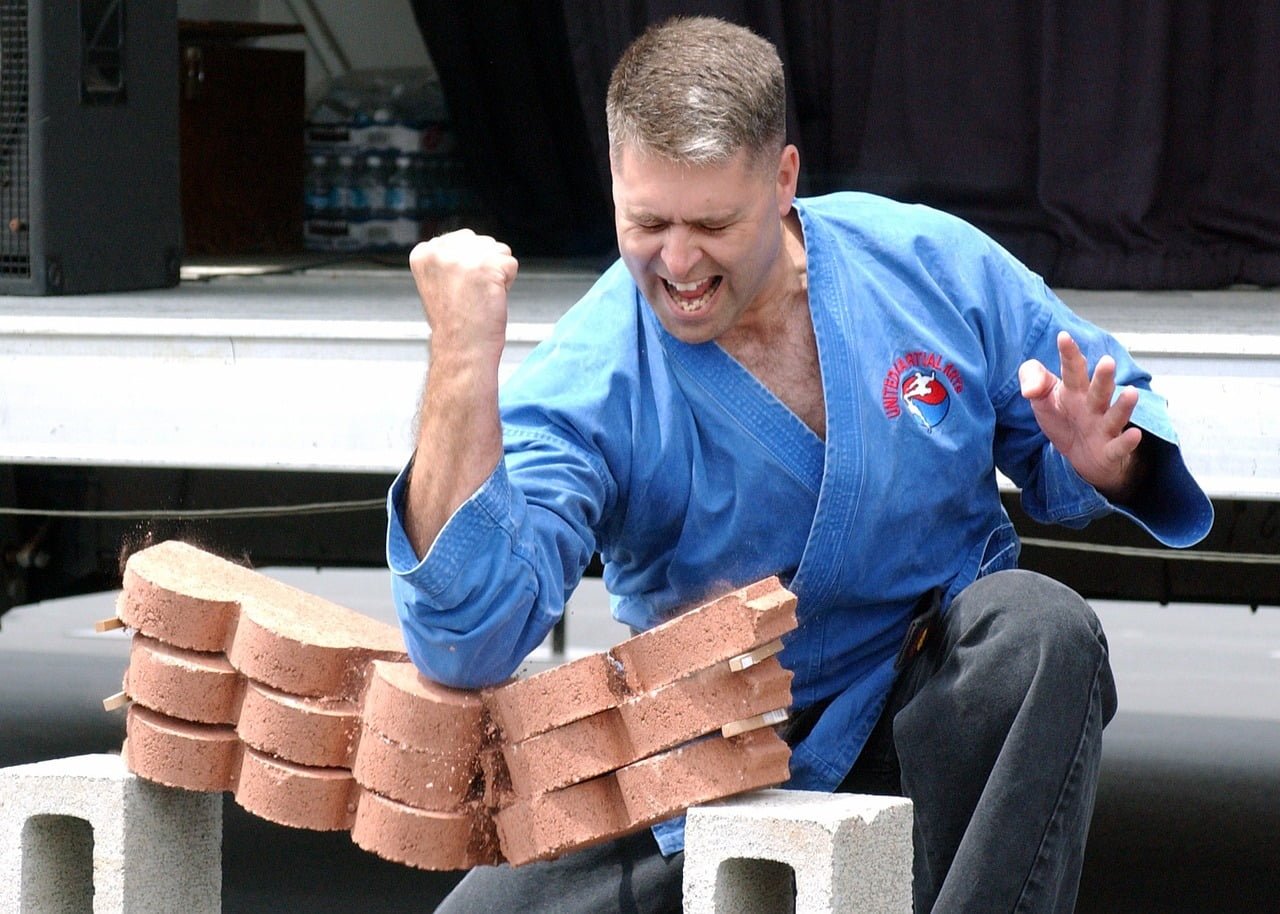
Practicing on focus mitts or with a partner can help refine this technique, ensuring it is both powerful and precise.
Pak Sau, or the slap block, is a defensive technique use to deflect incoming attacks.
By redirecting the opponent’s force, Pak Sau creates openings for counterattacks.
To perform Pak Sau, extend your arm outward in a relax manner.
using your palm to slap away the opponent’s strike.
This technique is most effective when combine with immediate counterattacks, such as a punch or elbow strike.
Regular practice with a partner can help develop the timing and coordination need to execute Pak Sau effectively.
Bong Sau, or the wing arm block, is another essential defensive move in Wing Tsun.
It involves raising the arm to deflect high-level attacks while maintaining a strong structure to absorb the impact.
To perform Bong Sau, raise your forearm at an angle, ensuring your elbow is slightly bent and positioned above your shoulder.
This creates a wing-like shape that deflects incoming strikes.
Practicing Bong Sau with a partner or using a wooden dummy can help develop the structural integrity and timing necessary for effective defense.
Incorporating these Wing Tsun techniques into your self-defense repertoire requires regular practice and a focus on precision and timing.
By mastering the chain punch, elbow strikes, Pak Sau, and Bong Sau.
you can enhance your ability to protect yourself in real-life street fighting situations.
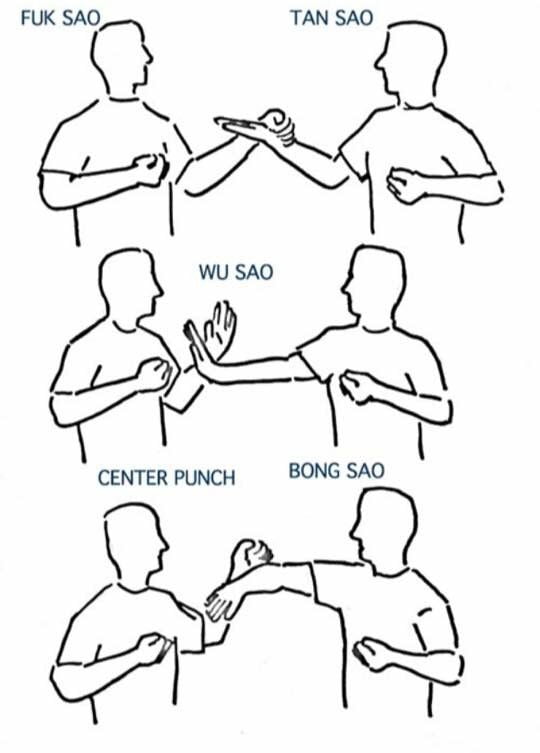
Case Studies and Real-life Applications
Wing Tsun, a form of Chinese martial arts, has consistently proven its effectiveness in real-life self-defense scenarios.
Numerous case studies and personal anecdotes illustrate how Wing Tsun techniques have been successfully employe in street fights and other dangerous situations.
These stories not only highlight the practicality of Wing Tsun but also emphasize its relevance in modern self-defense.
One notable incident involves a Wing Tsun practitioner named John,
who found himself facing an aggressive attacker in a dark alley.
Utilizing the fast reflexes and close-range combat techniques that Wing Tsun is known for,
John was able to deflect the initial attack and quickly neutralize the threat.
His training in Wing Tsun’s simultaneous defense and attack strategies allowed him to maintain control of the situation without causing excessive harm.
Another case features a female practitioner, Maria, 😁 who successfully defend herself against an attempt mugging.
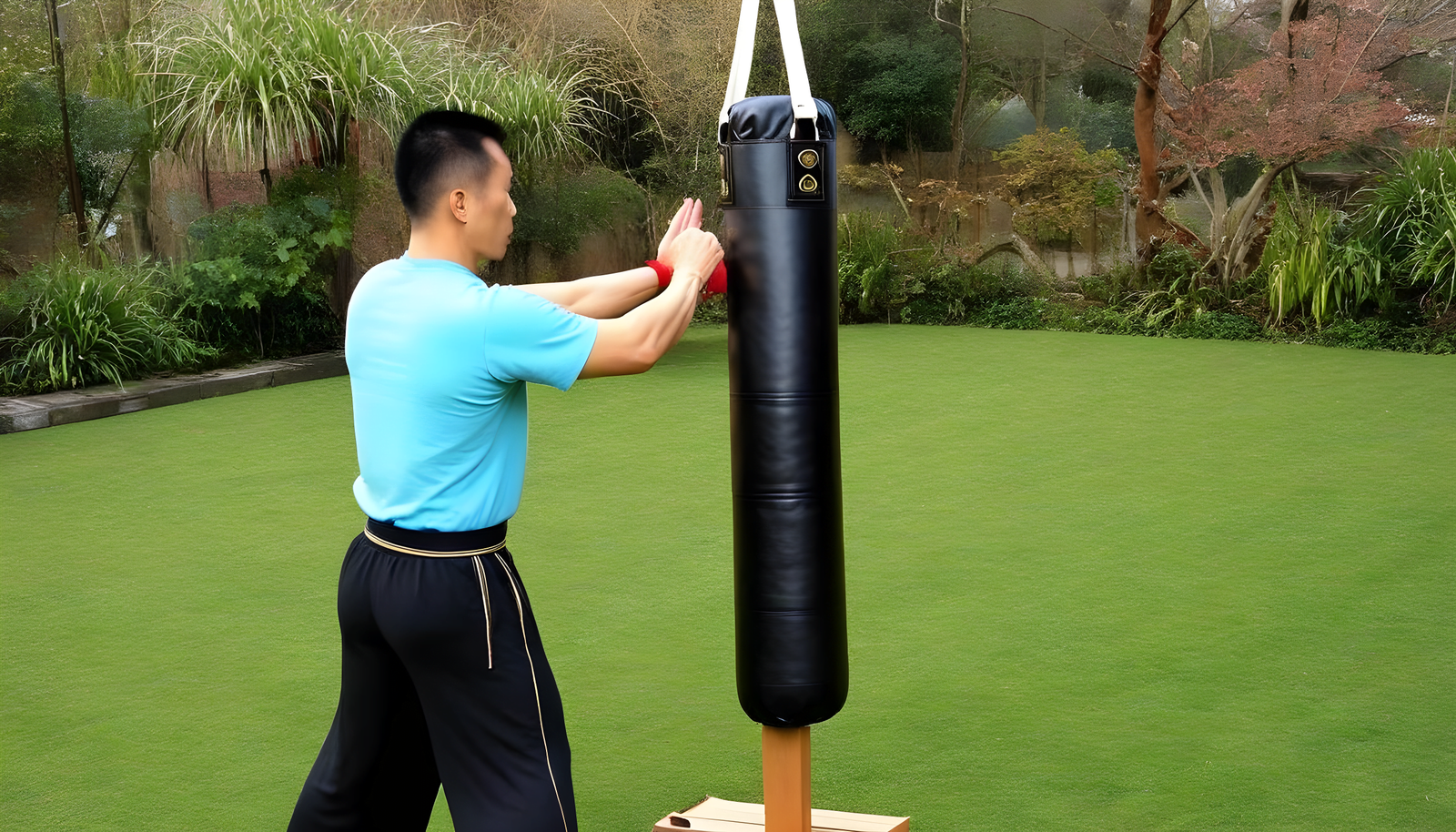
Her Wing Tsun training equipp her with the ability to stay calm under pressure and use the attacker’s force against him.
Employing techniques such as the straight punch and the chain punch.
These real-life applications are support by insights from Wing Tsun experts and instructors.
According to Master Wong, a renown Wing Tsun instructor.
“The art of Wing Tsun is design for real-world scenarios.
Its emphasis on efficiency, directness, and adaptability makes it highly effective in street fighting situations.”
He further explains that the techniques taught in Wing Tsun are not just theoretical.
but are practice in simulate environments that mimic real-life encounters.
Moreover, practitioners often report an increas sense of confidence and awareness, which are crucial factors in self-defense.
The ability to read an opponent’s intentions and respond swiftly can make a significant difference in dangerous situations.
As these case studies demonstrate, the practical application of Wing Tsun extends far beyond the dojo, proving its value as a versatile and reliable martial art for self-defense.
Comparing Wing Tsun to Other Martial Arts
When considering martial arts for self-defense.
it’s essential to evaluate the unique characteristics and effectiveness of each discipline.
Wing Tsun, Brazilian Jiu-Jitsu (BJJ), Muay Thai, and Krav Maga are among the most popular choices.
each offering distinct techniques and philosophies.
Brazilian Jiu-Jitsu is renown form its ground-fighting prowess.
Practitioners of BJJ excel in grappling and submission techniques.
making it highly effective in one-on-one confrontations where the fight goes to the ground.
However, its focus on ground combat can be a disadvantage in street fighting scenarios where multiple attackers or environmental hazards are present.
In contrast, Wing Tsun emphasizes staying upright, using rapid strikes and sensitivity to control the opponent’s movements.
which can be more practical in unpredictable street situations.
Muay Thai, known as the “Art of Eight Limbs,” utilizes punches, kicks, elbows, and knee strikes, providing a robust striking base.
Its effectiveness in stand-up combat is well-document, particularly in competitive settings.
However, Muay Thai’s lack of focus on grappling and close-quarters combat can be limiting in street fights.
Wing Tsun, with its close-range techniques and simultaneous attack and defense strategies, offers a complementary approach.
particularly in confine spaces where mobility is restricte.
Krav Maga is a self-defense system develope for the Israeli military.
integrating techniques from various martial arts.
It is design for real-world situations, emphasizing neutralizing threats quickly and efficiently.
While Krav Maga is highly effective and practical.
its intense and aggressive training methods may not be suitable for everyone.
Wing Tsun, on the other hand, provides a more balance approach.
focusing on self-defense while also incorporating principles of relaxation and energy efficiency.
What sets Wing Tsun apart is its adaptability and emphasis on sensitivity and reflexes.
Wing Tsun practitioners learn to read and respond to an opponent’s movements instinctively.
Making it highly effective in unpredictable street fighting scenarios.
Additionally, Wing Tsun’s principles of using an opponent’s force against them and maintaining a strong defensive structure make it a versatile and practical choice for self-defense.
Ultimately, the choice of martial art depends on individual preferences and goals.
Wing Tsun offers unique advantages in street fighting, particularly for those seeking a balance ♎, adaptable, and efficient self-defense system.
Conclusion and Final Thoughts
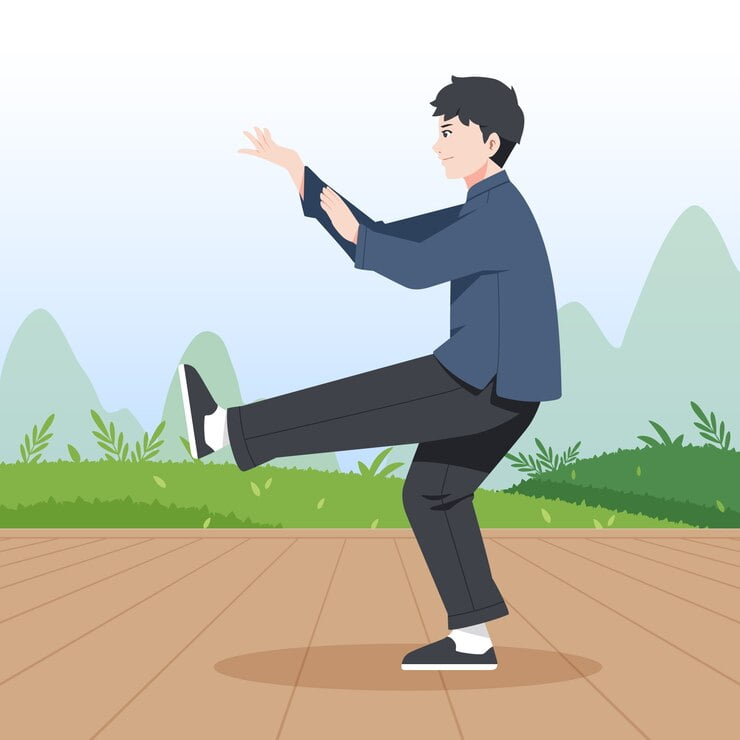
In this exploration of the effectiveness of Wing Tsun in street fighting.
we have delve into its core principles and highlight some of its most effective moves.
Wing Tsun’s focus on direct, efficient movements and its adaptability to real-life scenarios make it a formidable martial art for self-defense.
The emphasis on simultaneous attack and defense, coupled with the use of sensitivity and reflex training.
allows practitioners to respond swiftly and effectively to various threats.
Key techniques such as the chain punch, low kicks.
and the use of elbow strikes showcase the practical application of Wing Tsun in street fighting situations.
These moves are design to neutralize opponents quickly, relying on precision and speed rather than brute strength.
The importance of maintaining a relaxed yet alert state, as well as the strategic use of body positioning.
further enhances Wing Tsun’s effectiveness in unpredictable confrontations.
Consistent training is crucial for mastering Wing Tsun.
Understanding and internalizing its core principles require dedication and regular practice.
By doing so, practitioners can develop the necessary skills to apply Wing Tsun techniques instinctively and efficiently in real-life situations.
Furthermore, the mental discipline fostered through Wing Tsun training not only enhances physical capabilities but also builds confidence and composure under pressure.
For those interested in exploring Wing Tsun further, We recommend to seek out reputable training centers or instructors who specialize in this martial art.
Engaging with a community of practitioners can provide valuable insights and support, enriching the learning experience.
Numerous resources, such as instructional videos, books, and online courses, are also available for those looking to deepen their understanding of Wing Tsun.
In summary, Wing Tsun stands out as a highly effective martial art for street fighting due to its practical techniques and adaptable strategies.
By committing to consistent training and embracing its foundational principles.
Individuals can enhance their self-defense capabilities and gain a deeper appreciation for this dynamic martial art.

